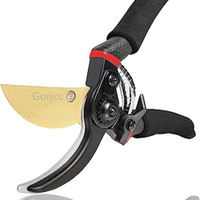How and when to prune spirea – an expert guide for these flowering shrubs
Try these top tips for a successful trim – you'll be rewarded with healthier, better-looking plants
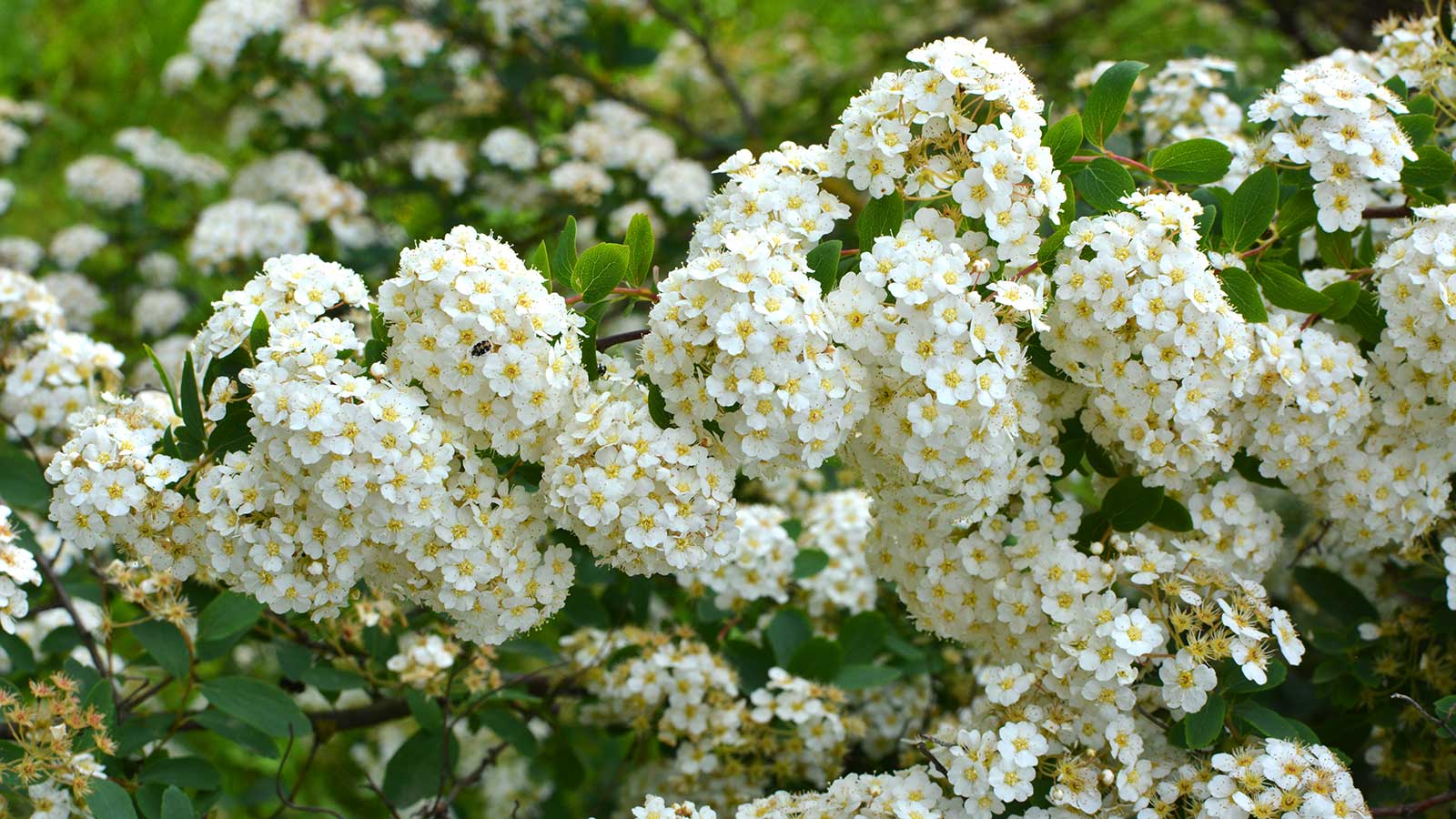

Spirea, or spiraea, are popular perennial shrubs with pretty blooms in spring and summer. They're generally low-maintenance, but now and again, these plants benefit from a prune.
Spirea tend to get tangled and congested over time, which can spoil their good looks and increase the risks of disease. A good prune counteracts this as it opens up the structure, improving airflow and allowing more sunlight in, while giving the plants a tidier appearance. Pruning can also encourage new growth of foliage and flowers.
To put it simply, cutting these flowering shrubs back will result in happier, healthier, better-looking plants – if you go about it in the right way. But before you start snipping, it's important to know the proper technique, and that's where this guide will help.
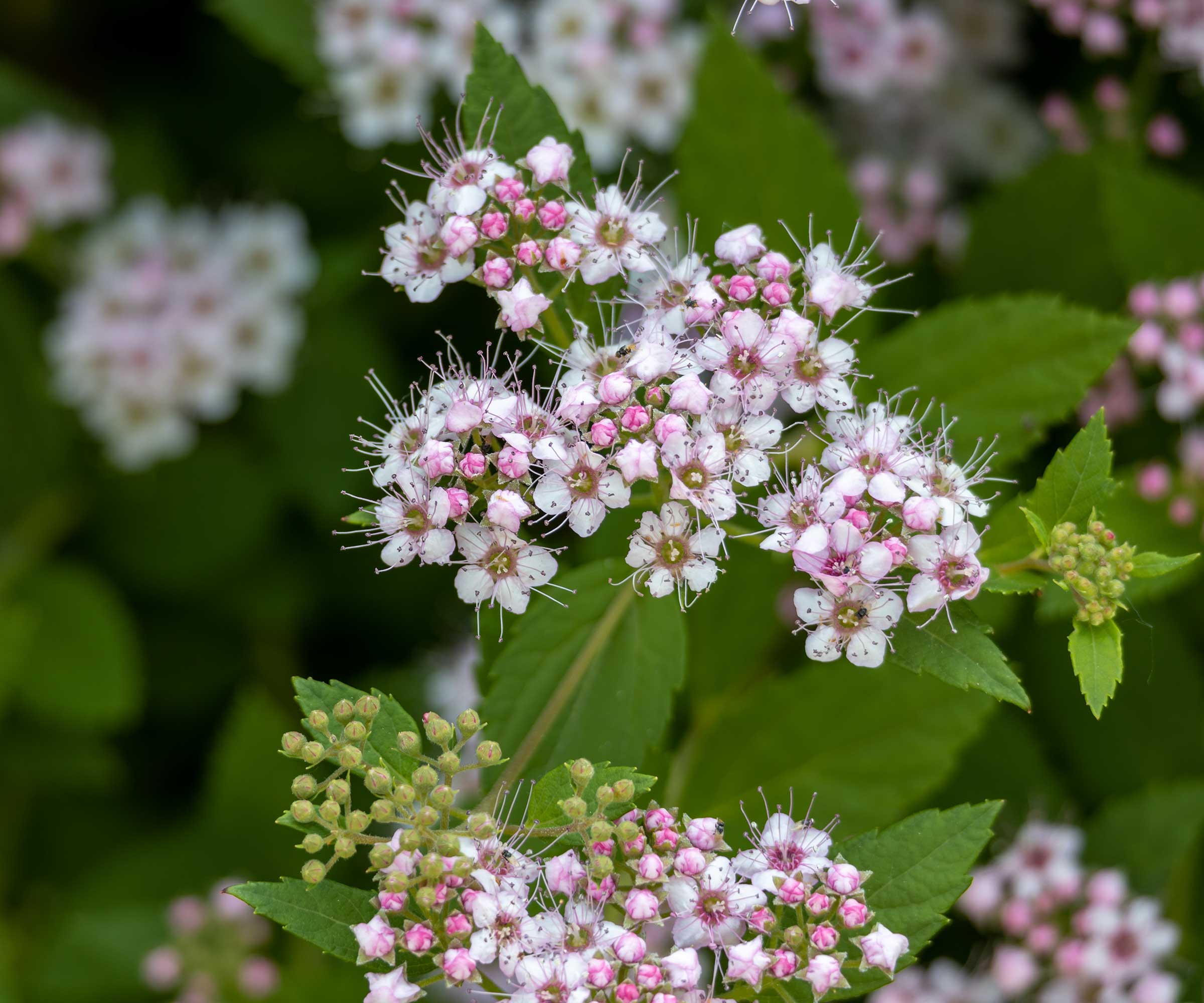
Spirea are pretty shrubs that attract pollinators
How to prune spirea
You can use sharp and clean pruners or sturdy loppers to prune your spirea. Always cut back to a leaf node, bud, or branch junction where possible, at a 45-degree angle.
'Cut off any dead or damaged branches, or any branches that haven't flowered in recent years,' says Anna Ohler, the Owner of Bright Lane Gardens nursery.
You can then make cuts to thin out the structure. 'Selectively remove a few of the older, thicker stems near the base of the plant,' instructs Brock Ingham, the Owner of Bigger Garden.
Finally, use your pruning tool to shape the plant to the desired form. 'Trim back any excessively long or unruly branches to maintain a compact and tidy appearance,' Brock says.
'Be careful not to prune too heavily, as this can reduce the plant's flowering potential,' he adds – overdoing it is a common pruning mistake. 'Aim to remove no more than one-third of the overall growth in a single pruning session.'
'Be sure to clean up any trimmings around the base of the plant when you are done,' advises Anna. Leaving this debris can result in rot or fungus on the stem and lower branches of the shrub.
gonicc 8" Professional Premium Titanium Bypass Pruning Shears | $27.95 from Amazon
With their non-slip handles and premium titanium steel blade, these are an excellent tool for pruning and deadheading spirea shrubs.

Anna is an avid plant hobbyist and the Owner and Operator of Bright Lane Gardens, a boutique plant nursery in Northern Michigan. With over a decade of experience in gardening and landscaping, she takes every opportunity to share her knowledge on all things plant related.
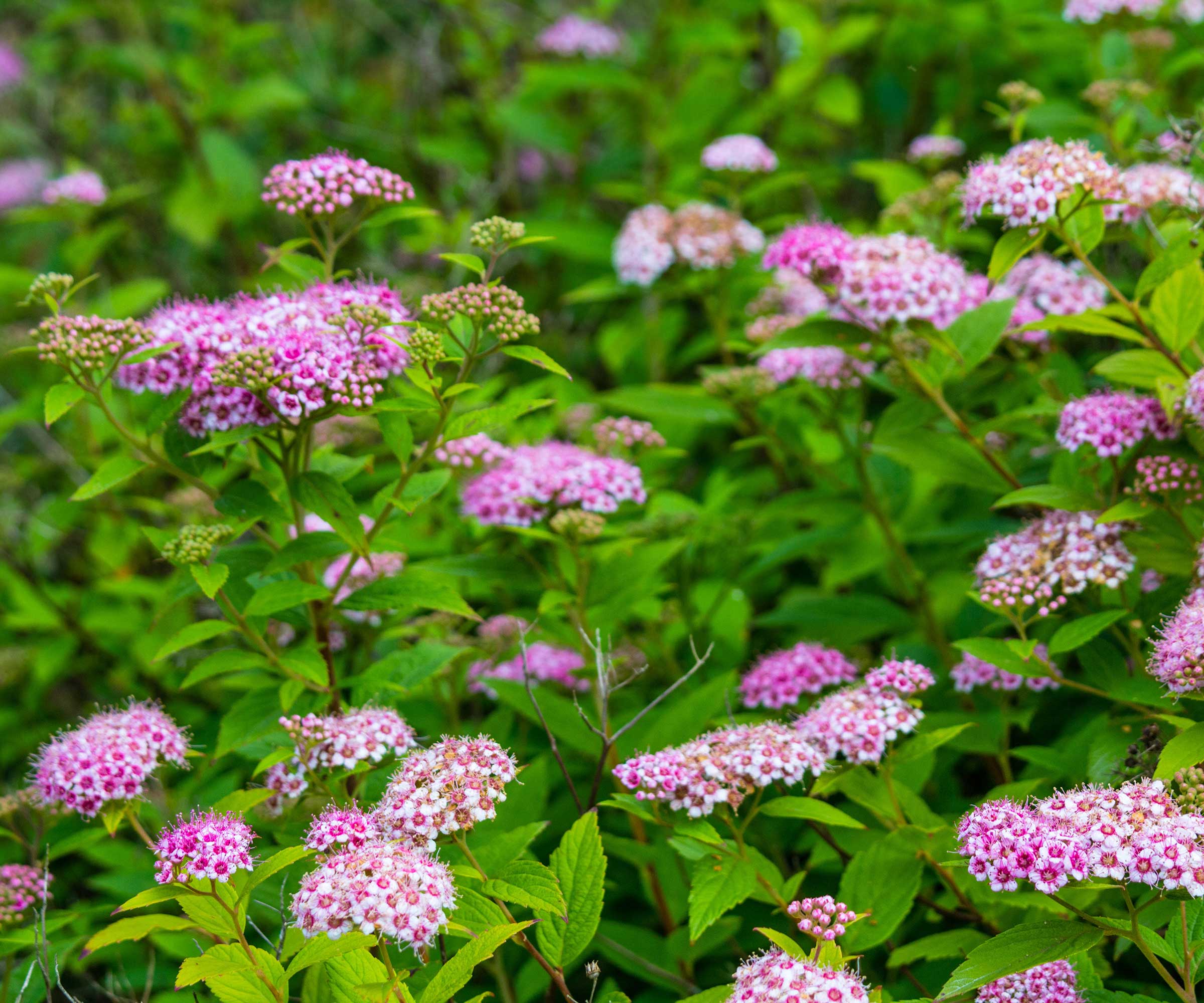
Pruning at the right time can encourage healthy growth
When to prune spirea
'Pruning once a year will greatly improve the overall health of the shrub,' says Anna. However, the right time to do so depends on the type of plant you have.
Summer-blooming varieties, such as 'Anthony Waterer' or 'Goldflame', bloom on new wood (the current season's growth), Brock says. Deadhead the blooms once they've faded, then give the plants a proper prune in late winter or early spring, when they're dormant.
'Spring-blooming spirea, such as 'Bridal Wreath' or 'Vanhouttei', bloom on old wood (last season's growth),' he continues. Healthy stems should be pruned immediately after the shrub has flowered – any earlier, and you can risk losing the blooms. Dead or diseased branches, however, can be removed from this type of spirea in late winter to early spring if necessary.

Brock has been gardening and landscaping for over a decade, from growing rare plants indoors to tending to a list of no-mow ground covers. He shares his passion for gardening through his website, Bigger Garden.
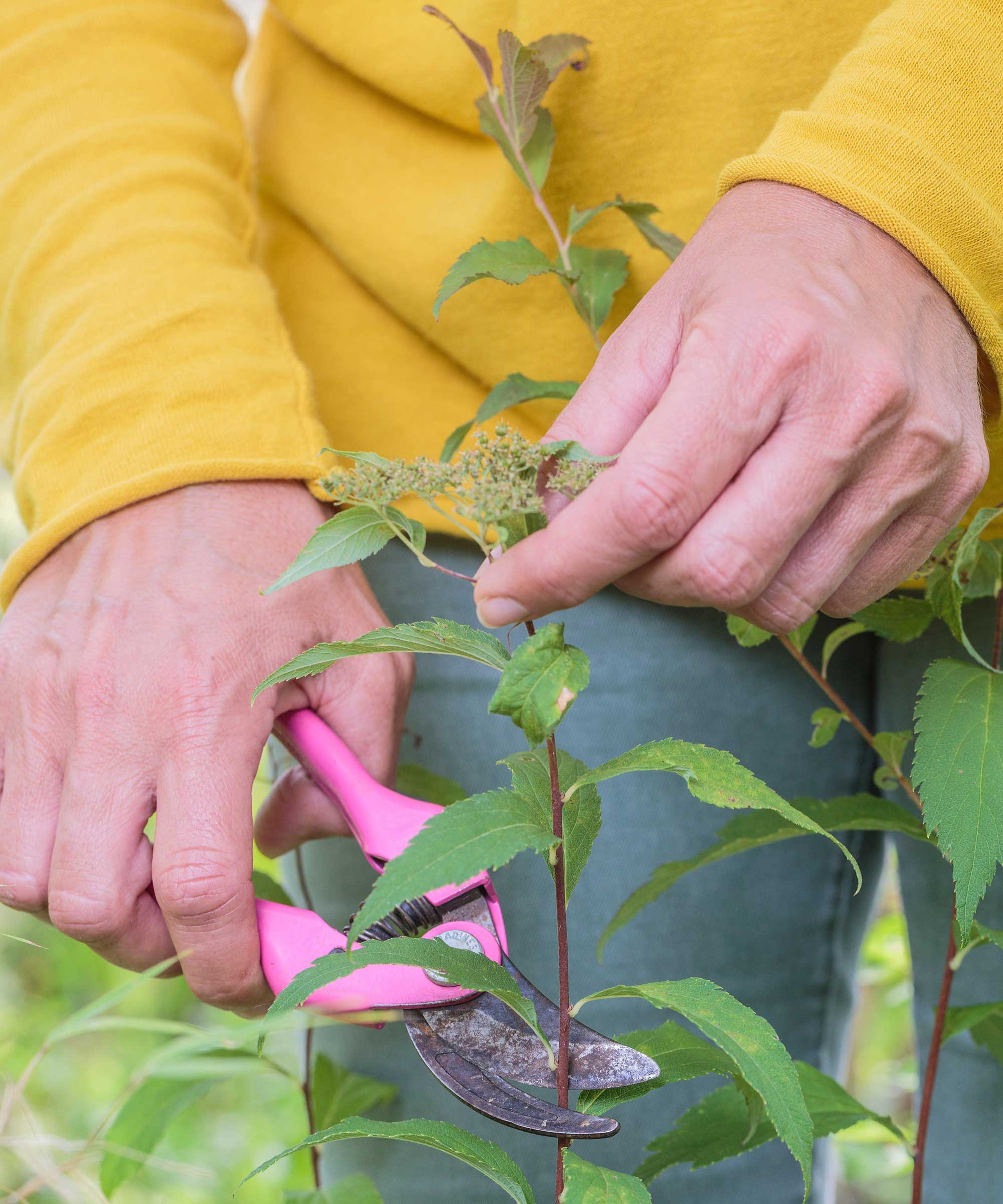
Prune spring-flowering varieties after they've bloomed
Aside from annually pruning your spirea, these shrubs require very little attention. As they're drought-tolerant once established, they only need a spot of water during very dry periods. Feeding isn't usually necessary, and most are winter hardy. In other words, they're a great backyard addition for busy gardeners – plus, it's easy to make new plants for free by taking cuttings.
Sign up to the Homes & Gardens newsletter
Design expertise in your inbox – from inspiring decorating ideas and beautiful celebrity homes to practical gardening advice and shopping round-ups.

Holly started writing about gardening five years ago, and she is a regular contributor to Homes & Gardens. She has also written many gardening features for Woman & Home and Real Homes, too. She has previous experience as a professional gardener, where she helped to plant and maintain private gardens. Holly has also looked after allotment plots over the years and loves to grow her own flowers and veggies from seed. In her spare time, she enjoys visiting local gardens, botanical drawing, and tending to her ever-growing collection of houseplants.
-
 These are the 6 must-have colors to decorate with in April 2025
These are the 6 must-have colors to decorate with in April 2025What do retro-inspired yellows and beautiful blues all have in common? They're on our hot list for the season ahead
By Sophia Pouget de St Victor Published
-
 Plants never to grow next to fruit trees
Plants never to grow next to fruit treesExpert advice on which plants to keep away from fruit trees to encourage a healthy harvest
By Jacky Parker Published
